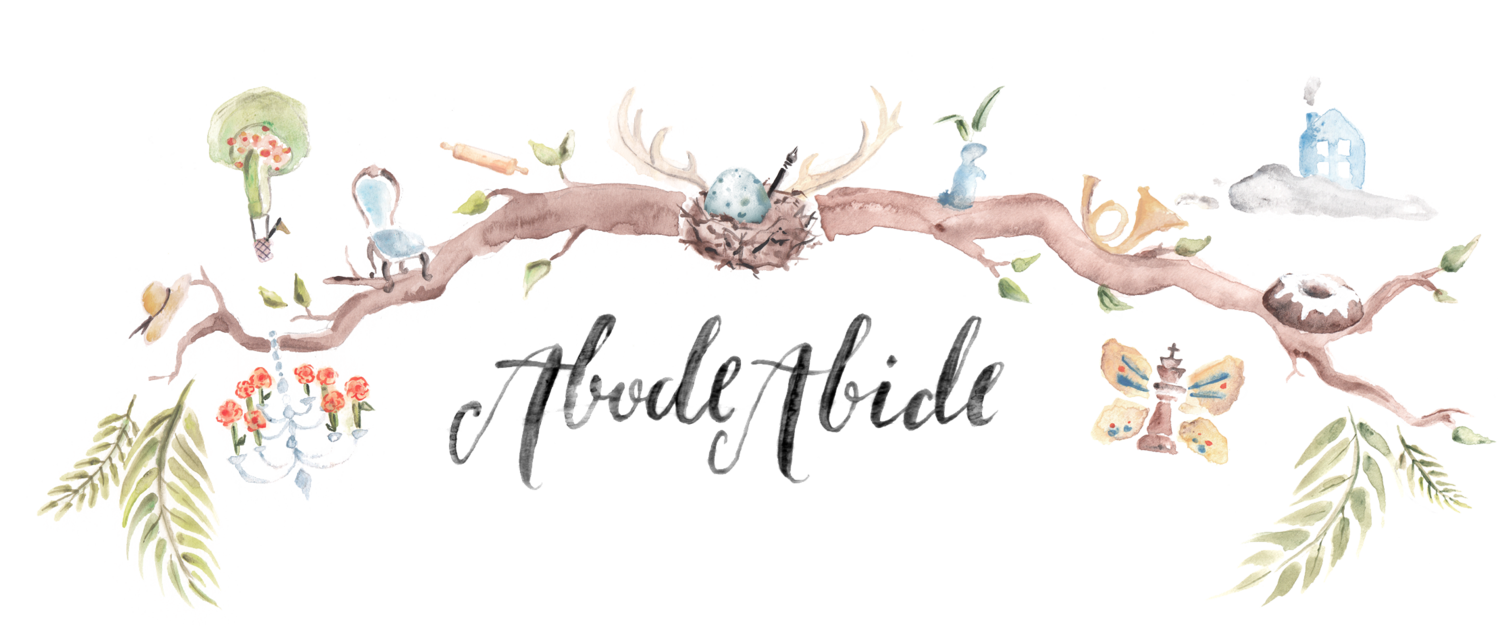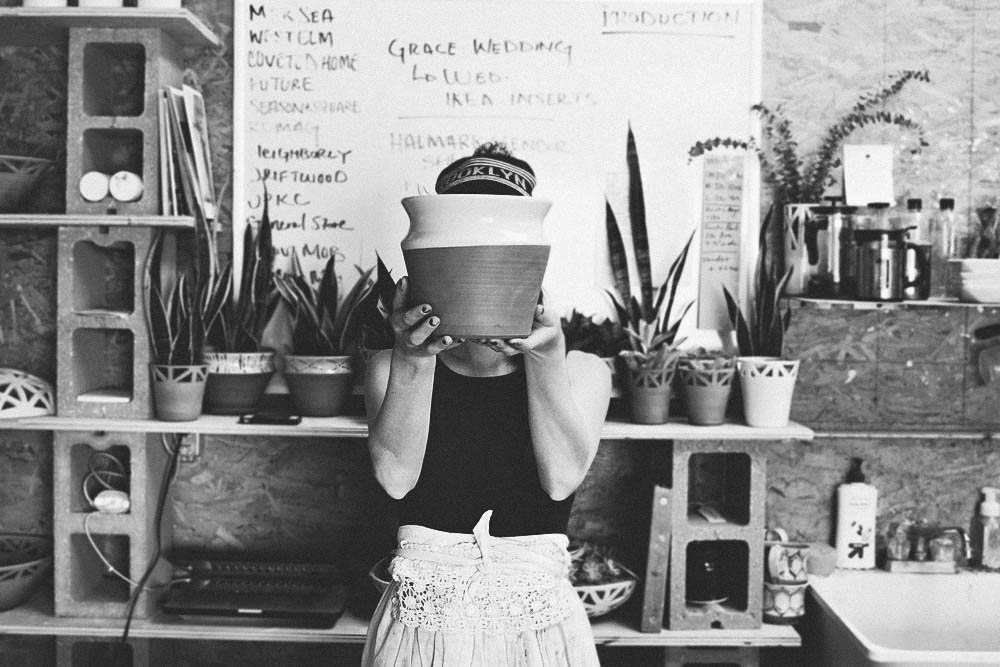Chentell is the long lost sister that I never knew I had. I'm sure of it. The first time I met her, I was trying to navigate how to park outside of her studio space. She came out to meet me on the parking lot pavement & immediately enveloped me into a reassuring hug, her face full of warmth & an ear-to-ear grin. She took me inside of her space, offered me a drink, & then proceeded to teach me how to make a small molding - like a cool, older sister showing you the ropes; choosing to go the longer of the two paths to teach you, even if you're just a clumsy, awkward little sister. Who happens to write interviews. Ahem.
I see Chentell's work all around Kansas City, where local shops & widely known stores such as West Elm sell her planters & vases. She has grown her production into a business of full force over the years & it's easy to believe that an individual with such drive & talent would be unapproachable. But that's hardly the case. Chentell is a blend of sharp, critical thinking & a rich, endearing personality; the best of a woman pioneering her own brand in a competitive market. In our time in her studio together, I learned a lot from her determination & 'moving forward' outlook. Her stories spoke of seasoned knowledge & empowerment that urged me to keep moving, keep trying.
AA: Tell me about living in Hawaii for the first 18 years of your life.
CS: “It’s very weird to think about the fact that I lived there, & a lot of the reason why I left is because I didn’t really connect super well with the culture. My parents are from Santa Barbara & moved to Maui when I was in the belly. I loved living there, but during my junior/senior year of high school, when I started getting into making my work, I felt like there wasn’t many opportunities there - that the culture wasn’t very progressive. There’s a good way & bad way to looking at it: the good being a very simple & content lifestyle, family time, & being with people doing activities, or the bad, which includes laziness & apathy, which is what I saw in terms of a career. I didn’t see a lot of people who had careers, & I wasn’t very inspired in that way.”
AA: In high school, did your friends have the same career goals as you, or were you the odd one out?
CS: “Generally in Hawaii, people plan to stay in Hawaii. If they do move, it’s usually to California or Oregon. It’s not typical for people like me to move outside of those places. A lot of people end up staying home. I know maybe two people who went outside of those places, & I think it’s uncommon because that’s the mentality of the people there - to stay at home. During my senior year, I was pretty passionate about the therapeutic sides of art, so I wanted to go into art therapy as my big vision; creating job opportunities for different women in the different parts of the local community. I think at that age I was thinking more abroad than local.”
AA: So after Hawaii, you lived in Chicago, where you liked the pace more.
CS: “Yes, I think it was refreshing to be around people who were driven, who had interests & dreams. People who were visionaries, people who were inspired by listening to other visions, that were interested in building towards a career & making art. I feel like I connected well with others in that way. I will say that I like the pace of Kansas City a lot more than Chicago, or that I enjoy KC more than Chicago. I don’t think I ever imagined myself moving here, but it’s been really good for me. I think it’s the mix of a large city in a small town, progressive in the start up of careers. My fiancé really sold the arts of Kansas City to me, that it would be a really good place for me to start my work. So we moved here, planned to be here for a year, but loved it so much we ended up staying!”
AA: Your designs are very structured, modern, with clean lines - where does that stem from?
CS: “I design most of my work based off architecture. Coming from Hawaii where most of the landscape is plantation & more island, & moving from that to Chicago, with bridges & water towers, I was really fascinated & taken by it, & was incorporating it into a lot of what I was doing. The clean lines made sense to me & I enjoyed the aesthetic of it, & the business side of it as well - taking something that I know I enjoy & making it timeless, making it into something that will last a long time. I was infusing architecture into daily items, & people who love architecture are people that are going to relate with it. That's how I approach my work now, but I don’t think that’s how I’ve always approached my work. I think my personality has two parts - where I'm really goofy & feel like I can run around & be down to earth & approachable, that side, but then I also like to be a professional. When I do see my work, I definitely see my professional side more than my endearing side.”
AA: When you first played around with your designs, did you ever doubt what you were making?
CS: “You know, I’m not a big doubter. I know that about my personality. But I do love critique, & I’m pretty honest when I think about something. Right now I’m going through the process of maybe developing something different & when I go through that, it’s less about doubt & more about looking at all aspects of it, thinking through what’s good & what’s bad, & how to run with what’s good - how to make it better & turn it into great. I’ve learned that doubting is just not helpful in general - not just in my work but in all aspects of life. I choose to do other things with my thoughts & move forward. I think I always thought it would happen for me, but I was amazed that it was happening. Theres always an insecurity when you put your business out there, that it’s not going to work, I can relate with that, but it’s always worth the risk & I’ve always dealt with it well. Or else you will become more insecure about it & become frozen within it. So my mentality has always been to just go for it. Make it happen.”
____
See more at: Convivial Production




